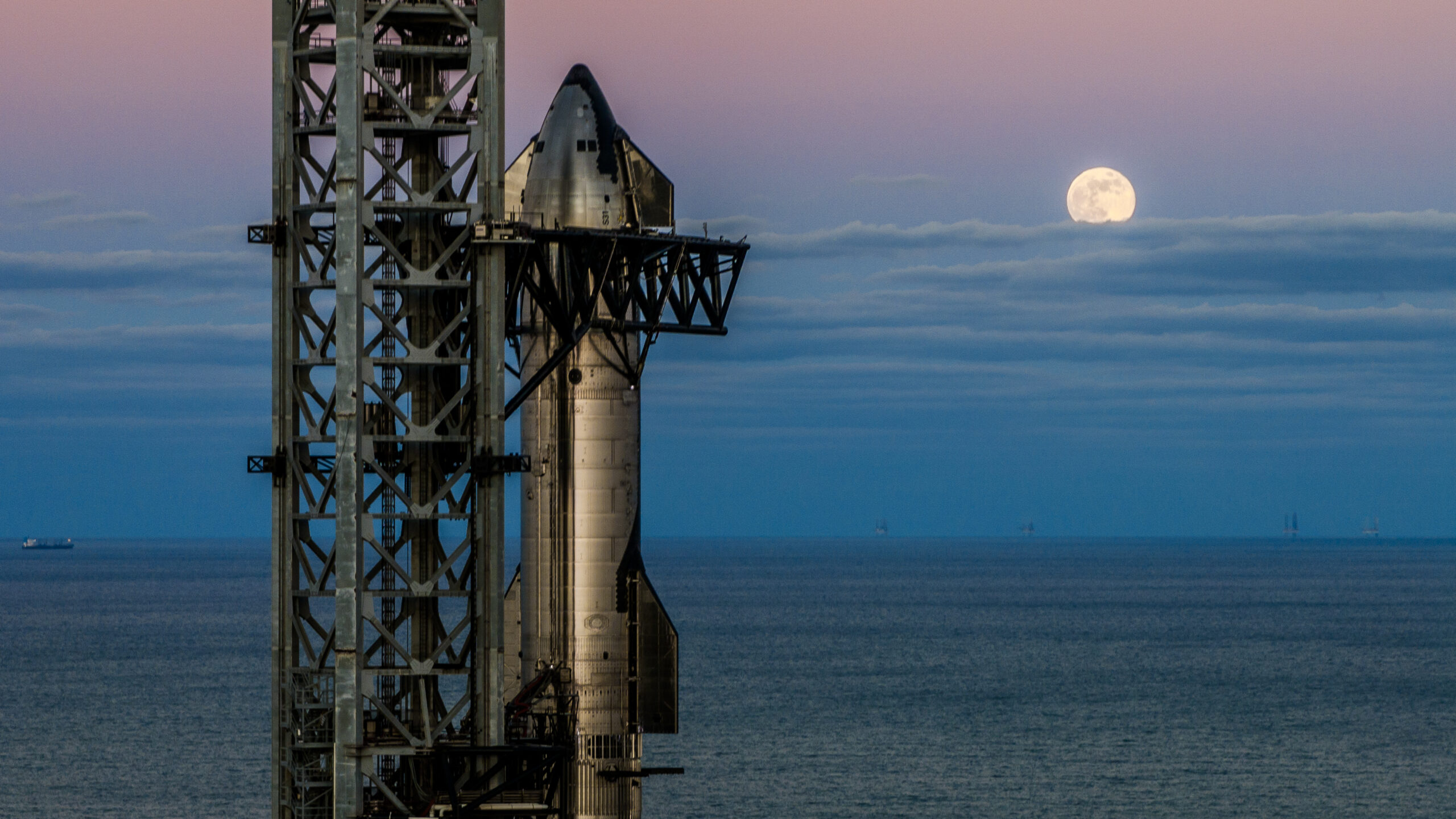
SpaceX launched its Starship rocket for the sixth time on Tuesday, conducting another test in its ambitious development program. Joining the event in Texas was President-elect Donald Trump, who watched the massive rocket lift off and shared his enthusiasm for the technology.
Trump, who is preparing to assume office for a second term, announced his visit on X (formerly Twitter) before the launch. Calling the Starship “the largest object ever to be elevated,” he highlighted the scale of the achievement and praised SpaceX CEO Elon Musk’s vision.
This visit reflects a growing connection between Trump and Musk. Musk was recently appointed, alongside entrepreneur Vivek Ramaswamy, to lead the Department of Government Efficiency (DOGE), a new advisory office aimed at reforming federal operations. While the office’s exact authority remains unclear, Musk has hinted at ambitions to address inefficiencies like the Federal Aviation Administration’s prolonged launch licensing process, which SpaceX has previously criticized.
Trump to Musk: Get Us to Mars by 2026
Trump’s alignment with SpaceX extends beyond symbolism. At an October rally, he urged Musk to pursue Mars exploration, suggesting that the next Mars-Earth transfer window in 2026 offers a realistic target. He encouraged Musk to “get that spaceship going” and expressed optimism about the Starship program’s potential to reach interplanetary destinations.
Tuesday’s test flight focused on critical development milestones but did not attempt the dramatic booster catch achieved during the fifth flight in October. SpaceX instead opted to splash down the Super Heavy booster into the Gulf of Mexico, citing the vehicle’s inability to meet the mission director’s strict “commit criteria.”
A First for Starship: Engine Reignites in Orbit
Despite this, the test included a new achievement for Starship’s upper stage. For the first time, SpaceX successfully reignited one of the engines in orbit. This step is crucial for enabling the reuse of the upper stage and advancing the vehicle’s long-term operational goals.
Since the first fully integrated Starship flight in April 2023, SpaceX has pushed forward with rapid development. The nearly 400-foot-tall rocket is central to the company’s plans for crewed missions to the Moon and Mars and is also a key element of NASA’s Artemis program. NASA intends to use Starship to return astronauts to the lunar surface for the first time since the Apollo missions.
Trump’s presence at the launch highlights his administration’s likely focus on space exploration and innovation in his upcoming term. With SpaceX achieving steady progress, the Starship program appears poised to meet its lofty objectives, from lunar landings to interplanetary travel.
You may rewatch the full launch video here.
Featured Image courtesy of SpaceX
Follow us for more tech news updates.
